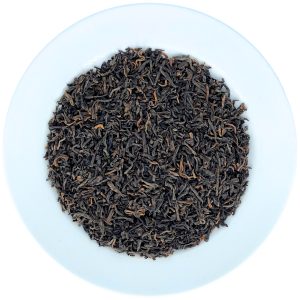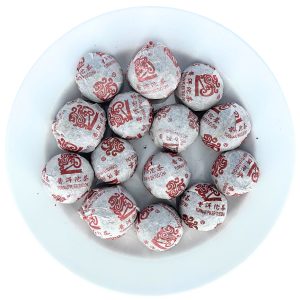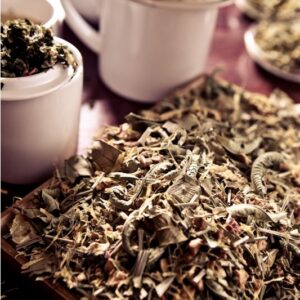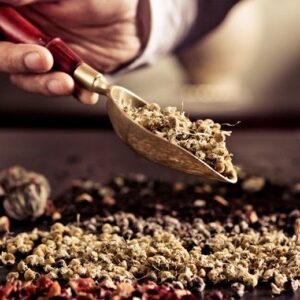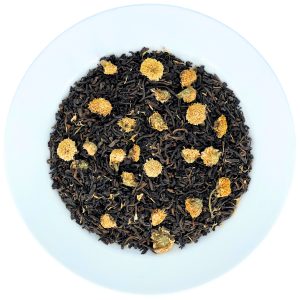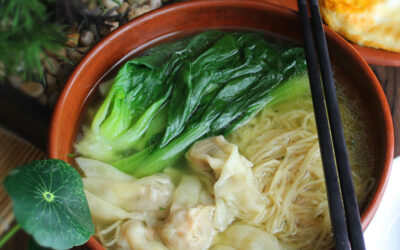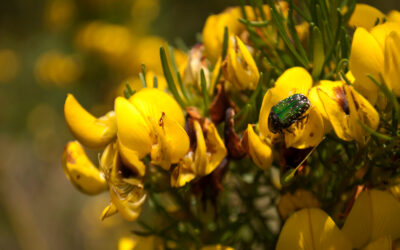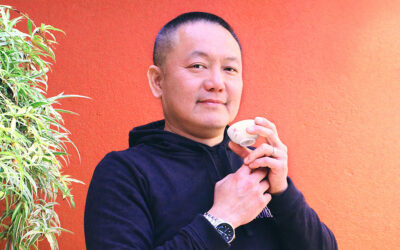O’ways
Flavours Of Kindness
issue 2, june 2023
Exploring
the Opulence
of Pu’erh
A Journey into the Captivating World of Fermented Tea
TEA, Issue 2
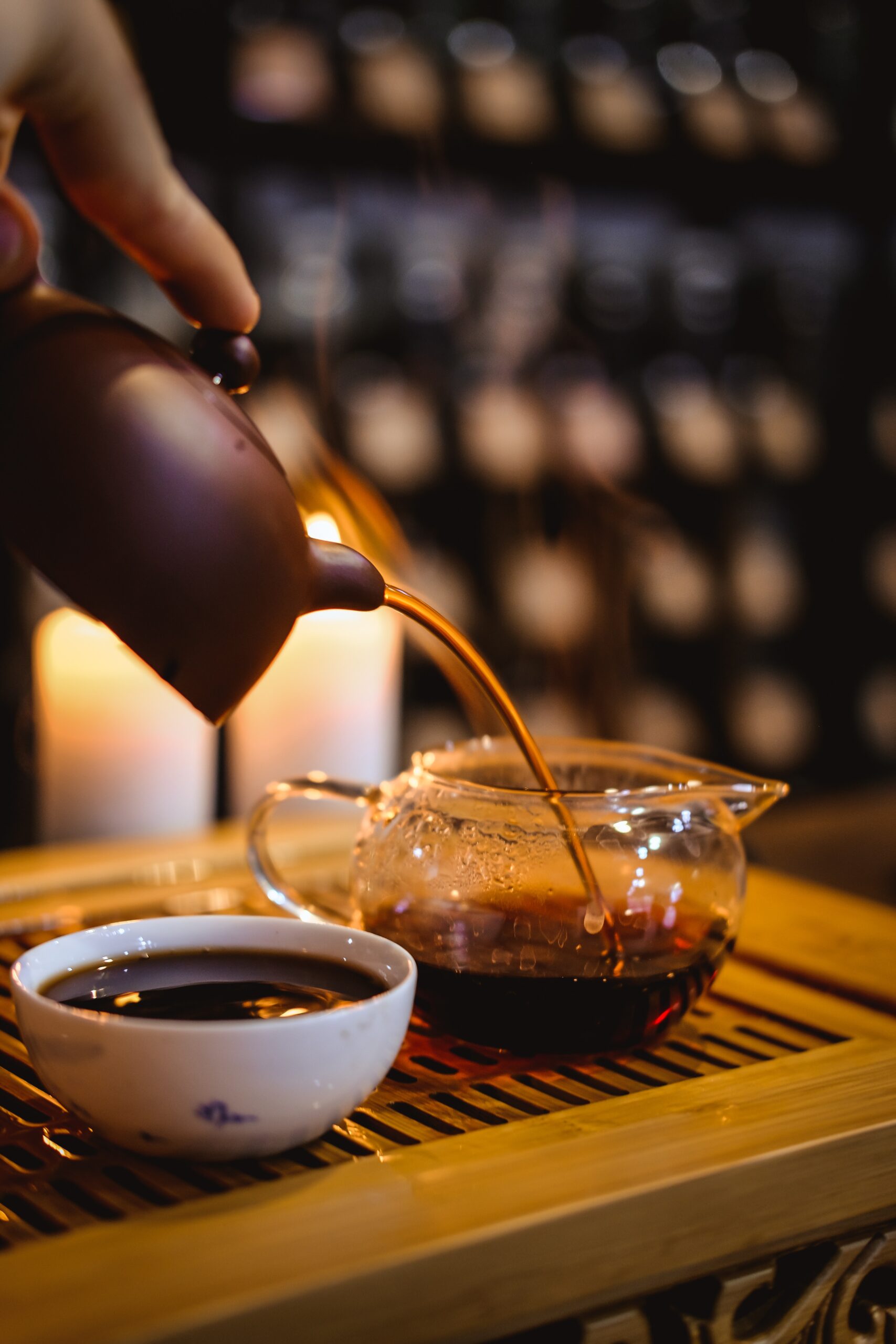
Cover image by Photo by Sergey N on Unsplash. Words by Billy Wong.
As winter envelops South Africa in its gentle embrace, casting a cool spell upon the Southern Hemisphere, we invite you on a sensory journey to discover a tea that promises to warm your soul. Pu’erh, an intriguing tea, stands as the most opulent encounter on my journey through the East.
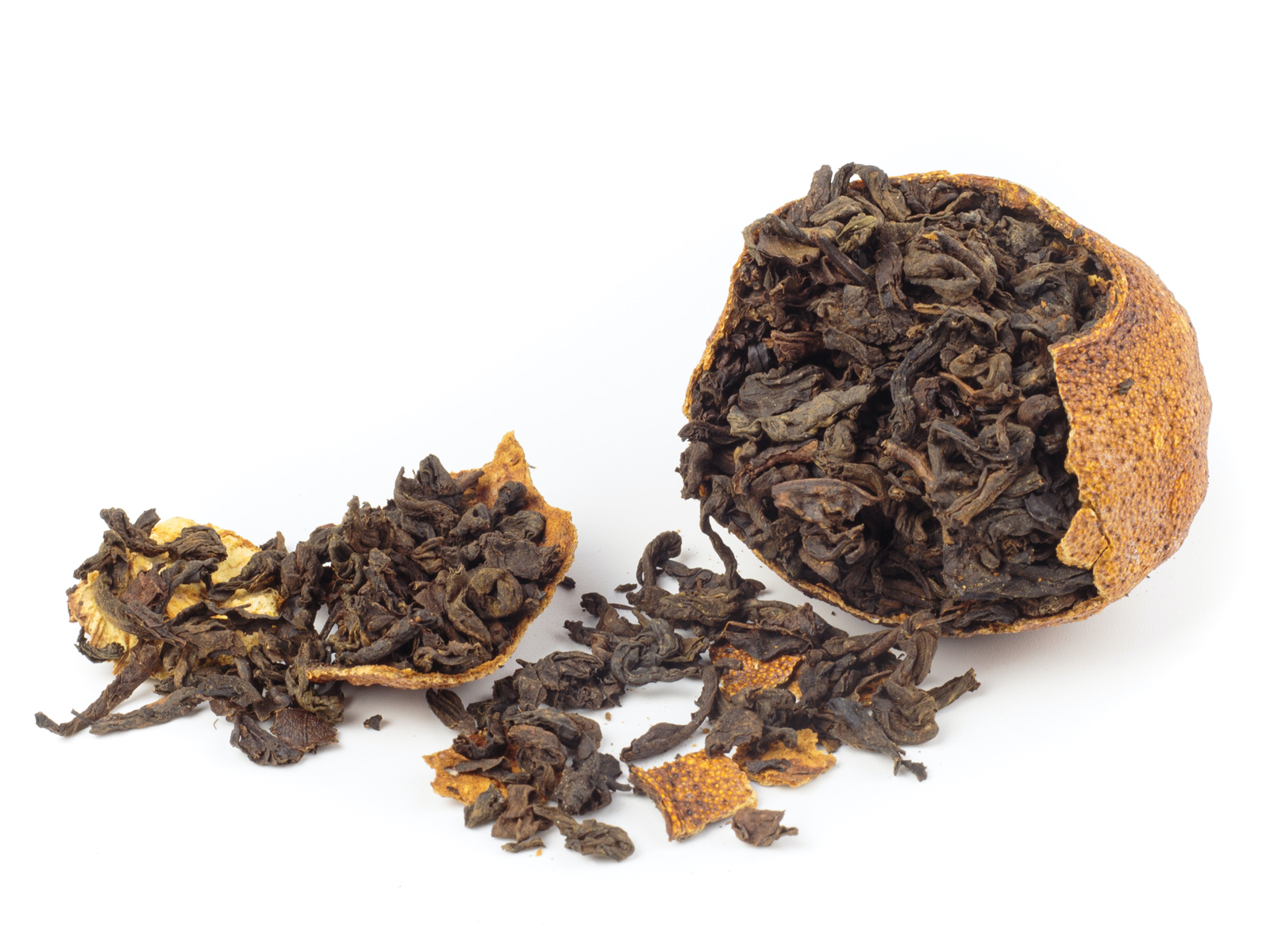
Pu’erh packed in dried tangerine.
Photo by petr sidorov on Unsplash
During my tenure as a brand strategist in China, my team and I had the privilege of exploring innovative product opportunities within a pu’erh “empire” nestled in the southern region of Yunnan. As we ventured into their facilities and “museum,” we stumbled upon tea cakes, and that moment defined a new perception of wealth. I was astounded to find a single piece of pu’erh tea brick priced at over three million Chinese Yuan, equivalent to approximately seven million rands. The experience was reminiscent of the world of wine and whisky, where exceptional taste commands an extraordinary price.
Allow me to share a personal story—during my upbringing in Hong Kong, pu’erh was a customary offering in Dim Sum restaurants and, most notably, my beloved grandmother’s favorite tea. Just as English office culture measures the depth of relationships by how well one remembers their colleagues’ tea preferences, I always made sure to keep a pot of pu’erh brewing for my grandmother and another filled with Ti Gui Ye, a delicate white tea for my parents.
Pu’erh tea exudes an earthiness that grounds the spirit, coupled with nuanced hints of caramel and wood. Prepare to immerse yourself in a refined, full-bodied flavour experience…
Fast-forward to today in Cape Town, South Africa, where you can experience a Pu’erh cake worth R2000 in our store. Pu’erh tea, in general, resides within the premium range. But why? Why do tea enthusiasts attribute such immense value to Pu’erh? What secret lies behind these luxurious price tags? Let us delve into this captivating inquiry. Firstly, by simply being aware of Pu’erh, you exhibit exquisite taste (at least by Nigiro’s standards). And if you mistakenly classify Pu’erh as black tea, fret not—you are not alone. Pu’erh is a distinct category of tea, separate from black tea.
Distinguishing Pu’erh from other teas is not a formidable task, as it usually arrives in brick form. However, it also boasts other captivating shapes: cubes, pyramids, coins, and even mushrooms! (Yes, you read that right.) It is also available in loose-leaf form. Personally, I hold a fondness for the traditional round cake, known as ‘Beeng Cha’—a tea presentation as unique as the modern manufacturers’ production of “Shou Pu’erh” (Shou meaning “ripe” or “black” Pu’erh). Speaking of “ripe” Pu’erh, we must not forget the other side of the coin: Sheng Pu’erh (raw). Pu’erh tea exists in four distinct types, with the primary differentiation being “raw” and “ripe.”
Sheng Pu’erh or Shou Pu’erh, Sheng being raw and green. However, discovering truly “green” Pu’erh can be quite the challenge, unless you find yourself in Yunnan, China—the birthplace of the Pu’erh industry. The most commonly encountered Pu’erh is “ripe” or black, owing to its fermentation process. Similar to wine, Pu’erh can be an intricate delight. While Pu’erh in South Africa is imported exclusively from Yunnan, China, its birthplace, you will encounter it in the form of bricks or loose leaves. Pu’erh bricks come in both “raw” and “ripe” variations, while loose-leaf “raw” Pu’erh is a rare find, typically reserved for collecting and requires six years of patient aging before consumption. Thus, we are left with four types of Pu’erh to be savored and cherished, Aged raw puerh, ripe puerh, ripe puerh that has been aged flavoured puerh (usually just ripe).
I personally find pleasure in the “body” of the brewed Pu’erh, an attribute that can only be discerned once it is obtained. Depending on your personal tea preferences and experience, discovering the perfect brew of Pu’erh often requires a leap of faith. Therefore, it is vital to engage in meaningful dialogue with the tea seller, ensuring your desires are understood. Allow me to present our tea master MingWei’s recommendation:
“Pu’erh tea exudes an earthiness that grounds the spirit, coupled with nuanced hints of caramel and wood. Prepare to immerse yourself in a refined, full-bodied flavour experience, embracing the range from young to aged or raw to ripe Pu’erh. For a delightful pairing, indulge in the tantalizing combination of Pu’erh with our luscious red velvet cake!”
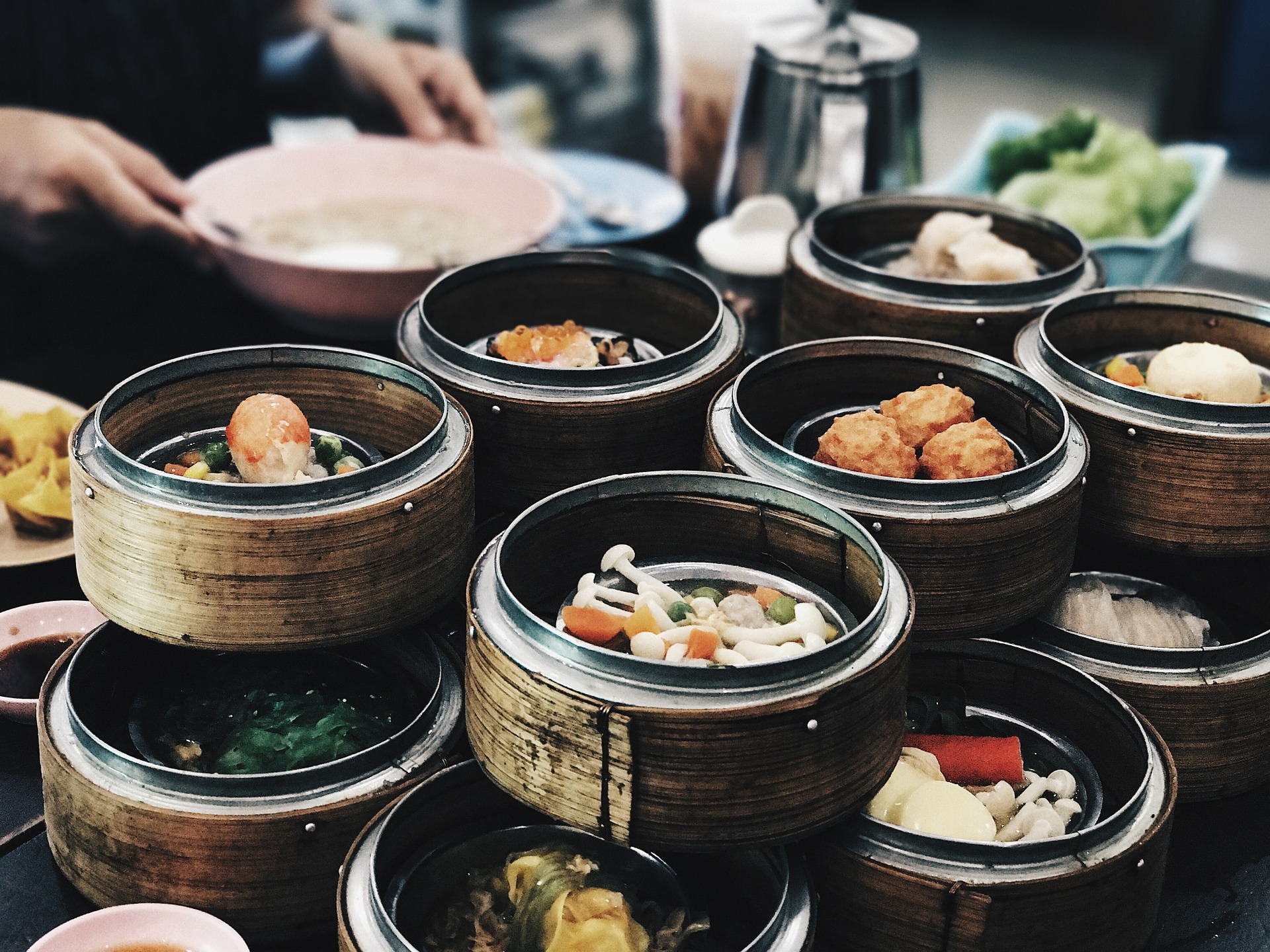
Family lunch time in Hong Kong.
Image by Champ Kongs from Pixabay
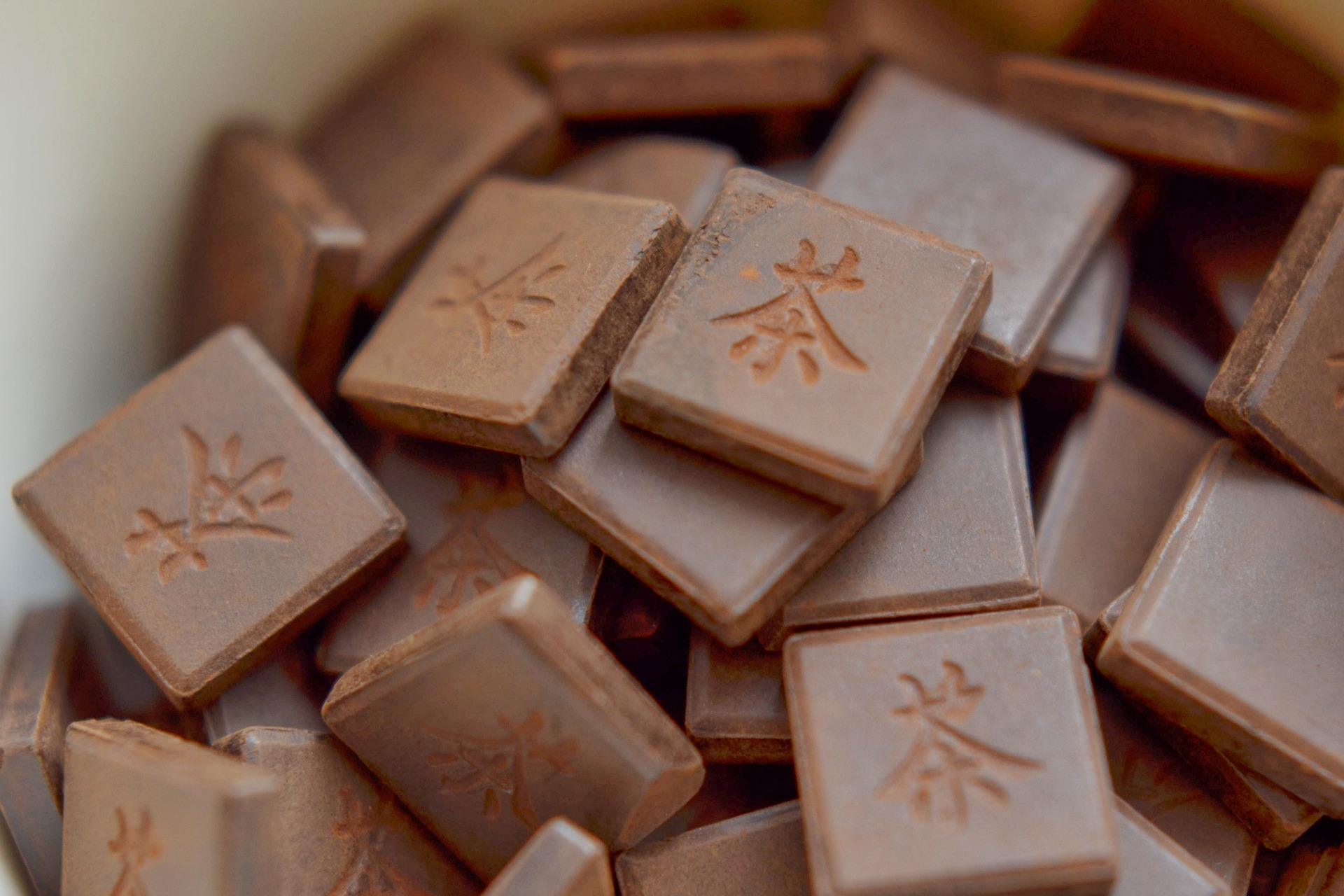
Distinguishing Pu’erh from other teas is not a formidable task, as it usually arrives in brick form. However, it also boasts other captivating shapes: cubes, pyramids, coins, and even mushrooms! (Yes, you read that right.)
Image by Miloslav Hamřík from Pixabay
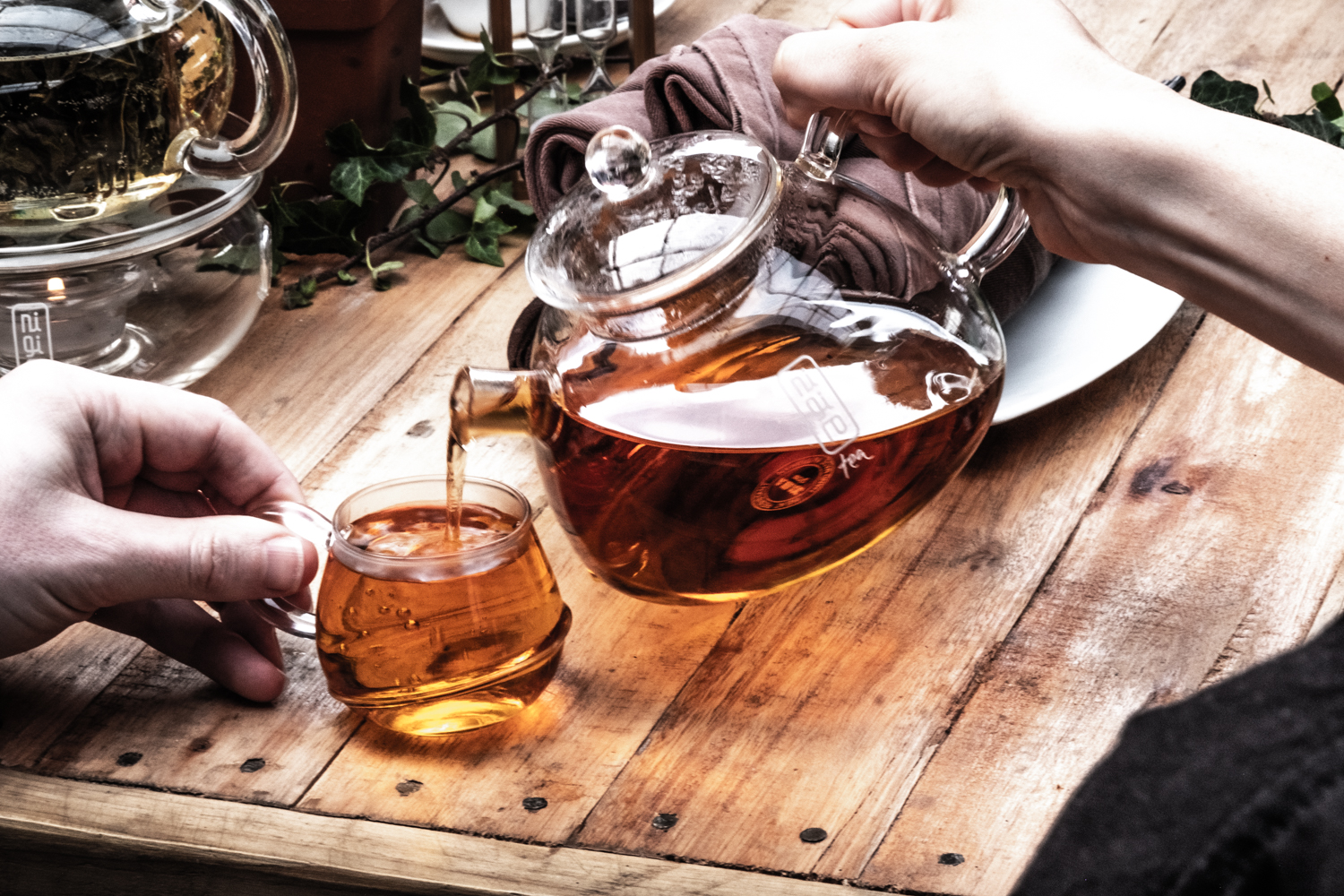
Photo by Paolo Liberti
Are you ready to begin a textured tea journey and showcase your refined taste? Book your tea-tasting experience and ensure your request for Pu’erh. Don’t forget to inquire about the availability of our vegan red velvet cake when you call.

Thirsty for some full-bodied pu’erh tea experience?
Check out our pu’erh tea collection!
Related Stories
O’ways #4 – FLAVOUR, Honeybush-Infused Wanton Soup
The infusion of Honeybush tea into the base of this soup offers a unique depth of flavour—a delicate sweetness intertwined with subtle earthy notes…
O’ways #4 – TEA, Honeybush Tea
Honeybush tea, also known as “Heuningtee” in Afrikaans, hails from the beautiful landscapes of South Africa. It’s derived from the Cyclopia plant, which belongs to the legume family and has been used for centuries as an herbal infusion.
O’ways #4 – PEOPLE, Mingwei
Nigiro, a beloved name in the world of premium tea in South Africa, has always been synonymous with knowledge, wisdom, and the art of tea-making. For those of you who have had the pleasure of visiting our cherished tea cafe, you’ll understand the warmth and magic that the Nigiro family infuses into their brand. It’s a place where delectable cuisine, exquisite tea-tasting, and an ambience of pure tranquillity come together seamlessly. Today, I’m delighted to introduce you to someone who is not only an integral part of the Nigiro legacy but also the heart and soul of our tea training – Mingwei Tsai.

